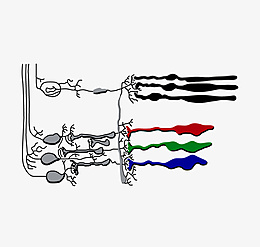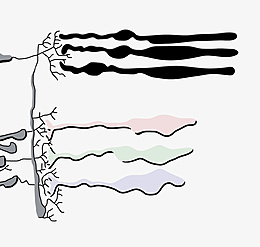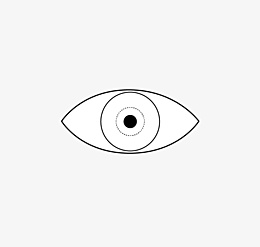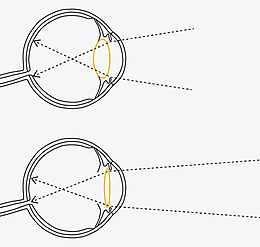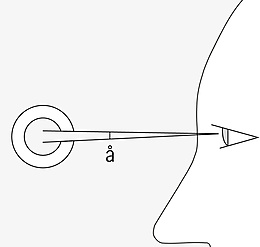
The cones are light-sensing cells in the eye that, with the rods, enable us to see. The cones in the eye determine our vision at higher luminous intensities, i.e. during the day or with artificial lighting. The system of cones has low sensitivity to light and is mainly concentrated in the central area around the fovea. It enables colour vision and very good visual acuity.


